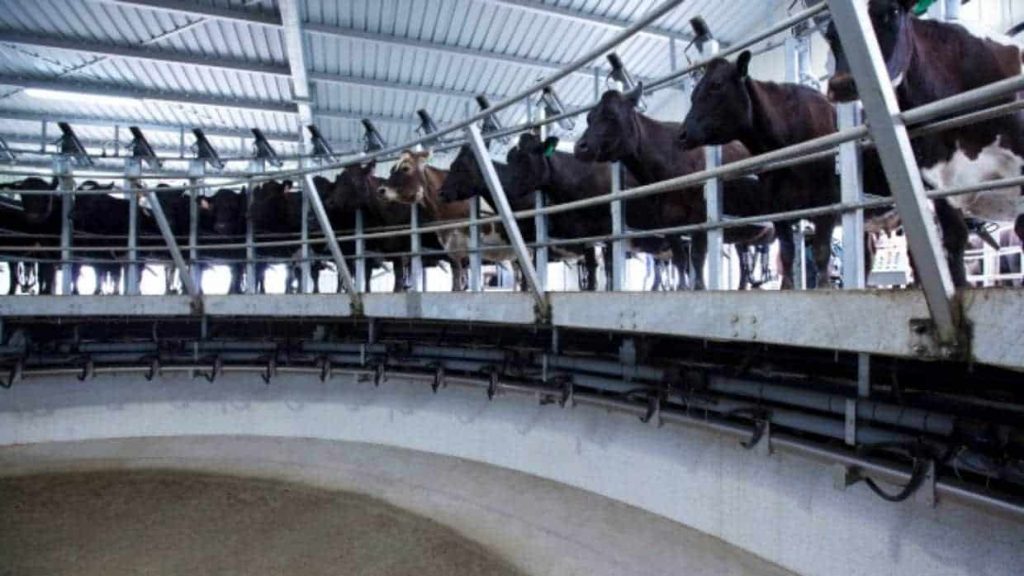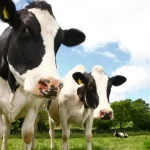
Gareth Kiernan is chief forecaster at Infometrics.
OPINION: There are increasing questions being raised in the provinces about how hard the hit to the primary sector, and by extension the broader New Zealand economy, might be from lower export prices.
That mounting risk represents a shift in focus from higher interest rates, which have dominated the discussion about factors weighing on the economy over the last two years, as the official cash rate has been ramped up from 0.25% to 5.5% and mortgage rates have hit a 14-year high.
Higher fuel prices are adding to economic challenges, costing families more and raising the cost of moving goods around.
These factors – mortgage interest payments, dairy pay-outs, and fuel purchases – are three external influences that significantly affect how much money is flowing through the New Zealand economy. But despite the challenges posed by lower export prices, it’s still the high interest rates that will hit the wider economy harder this year and next.
Our analysis shows the year-on-year changes across each of these total payments as a proportion of the economy’s overall size, which allows us to examine which factors have had the biggest effects at different times throughout the last two decades.
Positive figures indicate the factor is adding money into the economy, such as the surge in dairy prices during 2013/14. Negative figures indicate the factor is sucking money out of the economy, such as during 2022/23 with the upward trend in mortgage rates.
Higher interest rates are having the biggest effect
Firstly, it’s worthwhile noting that, between 2022 and 2024, the effect of rising mortgage payments is triple the direct effect of the falling dairy payout on the economy. Unlike 2009 or 2015, the decline in dairy prices is not the most significant factor reducing disposable incomes across the broader economy.
Our mortgage payment projections through into 2024 are influenced by international financial markets, which are still fretting about how long global inflation might linger at higher-than-normal levels.
As a result, fixed mortgage rates are still edging higher at the moment, and there is an accompanying likelihood that the Reserve Bank might not start cutting the official cash rate until late 2024.
This lack of near-term relief on the interest rate front is being accompanied by a clear easing in the labour market, with the latest data showing a rise in the unemployment rate to a two-year high of 3.9%.
Continued increases in unemployment during 2024 are likely to undermine consumer confidence and further reduce people’s willingness to spend.
As an aside, it’s interesting to note, on average, the reducing effect of fuel price changes over time on disposable income. The improved fuel efficiency of vehicles and, more recently, the advent of electric vehicles has dampened the effects of fuel price swings on other spending activity.

But difficult export conditions can’t be ignored
The most startling aspect of the graph is the huge volatility in the contribution of dairy revenue to the economy over the last 20 years.
For example, the swings in Fonterra’s farmgate milk price from $3.87 per kilogram of milk solids in 2007 to $7.59 in 2008 and then back to $4.75 in 2009 caused massive fluctuations in farmers’ revenue – and the performance of the wider economy.
There were similar fluctuations in the mid-2010s, when China bought too much milk powder and then spent the next 18 months running down its stockpiles. Both episodes make the current estimated decline of $3.8b in the total payout between 2022 and 2024 look reasonably mild by comparison.
A drop of around 10% in the New Zealand dollar has cushioned the effects on exporters’ revenue, but receipts are still significantly lower than over the previous couple of years. The only export sector experiencing higher prices is horticulture, but even horticulture’s revenue has been hit.
Extreme weather events meant that the volume of fruit exports in the June 2023 year was down a record 15% from the previous 12 months.
Of course, revenue is only half the story when it comes to determining farm profitability.
The squeeze on household budgets by consumer price inflation of up to 7.3% has been well documented, but there has been less publicity about the squeeze for farmers.
Stats NZ data shows that inflation for farm input costs got up to 15% in the second half of 2022 and was still running at 7.3% in the middle of this year. Since the end of 2020, farm input costs have increased 25%, including rises of 72% in debt-servicing costs, 61% in fuel costs, and 51% in fertiliser costs.
It is this context that makes us concerned about prospects for agriculturally based provincial regions over the next couple of years. Areas such as Gisborne, Waipukurau, Motueka, and Waimate were star economic performers during much of the Covid-19 pandemic, but they will all be affected by lower export revenue and reduced spending by farmers during 2024.
And although overall activity in urban centres is being boosted by strong migration inflows, the increasing outflow of Kiwis is being most keenly felt in provincial areas. The downturn caused by weaker export prices threatens to exacerbate the number of Kiwis heading to Australia and beyond in search of better economic conditions.

























